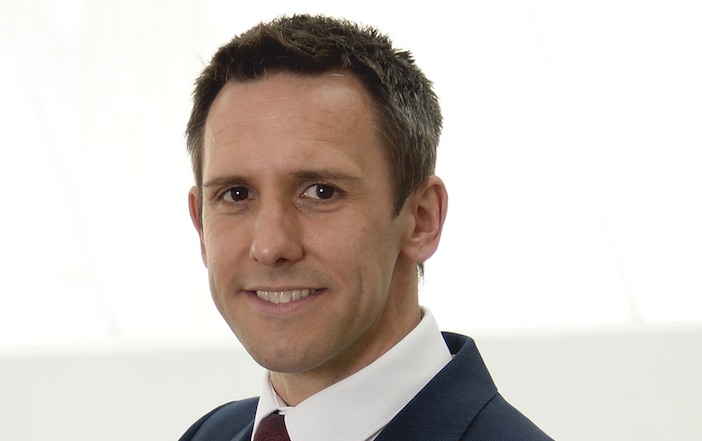What was your career path to your current role?
I graduated in biological science, but my first job was with the UK’s National Air Traffic Services (NATS) in its training simulations. I was keen to remain in aviation after NATS so I moved into airline operations, working with DAS Air and GB Airways before taking the opportunity to join the team at Farnborough Airport in 2007 as environment manager.
This new role offered me the opportunity to combine my experience in aviation with my passion for science. I was fortunate to join just as environmental performance was coming into sharp focus. As a developing business, there is always a steady stream of diverse and interesting projects to manage.
Can you describe a typical day?
There really isn’t one. We have a small team and between us, we cover the full range of responsibilities in environmental management and sustainable development. We can be in overalls and up a ladder downloading air quality data in the morning and presenting to the local community or other stakeholders in the afternoon. It is the constant flux between active outdoor work and corporate responsibilities that makes it an interesting role.
What do you find the most challenging aspect of your job?
Change management. Over the last decade, as the environmental agenda has gained increased focus, there have been improvements to procedures, processes and policies that staff have needed to adopt. It is key that our teams embrace this strategy across all levels. Achieving synergy and efficiency between departments across the airport is very rewarding.
Which part of your job do you enjoy the most?
I particularly enjoy the freedom to innovate to solve issues here at the airport. Farnborough Airport prides itself on delivering bespoke services and this approach also applies in the way we manage the business.
What are you most proud about during your career at Farnborough?
I’m extremely proud of our success at the 2019 IEMA Sustainability Awards in the Transition in Energy category. The work we completed to make this achievement possible was substantial. Winning the award was a momentous moment for the Airport.
How did you make Farnborough the first carbon neutral business airport?
The first step was stating we would achieve carbon neutrality by 2019. From there, we worked on calculating our carbon footprint and setting a benchmark for all future improvements. This involved securing robust monitoring processes for all energy usage.
We then focused on three key areas to make footprint reductions: technological investment, procedural development and training and awareness. We developed a certified Environment Management System to help manage policy. We have also used the Verified Carbon Standard to offset residual emissions and remain committed to reducing the need to offset as our work continues.
What advice would you give someone looking to make their airport or FBO more sustainable?
Robust data is important for all developments in sustainability. It is essential for quantifying and demonstrating the benefits, socially, economically and environmentally. Regular communication with staff and stakeholders when introducing improvement projects is vital because they have a part to play in making your project a success.





